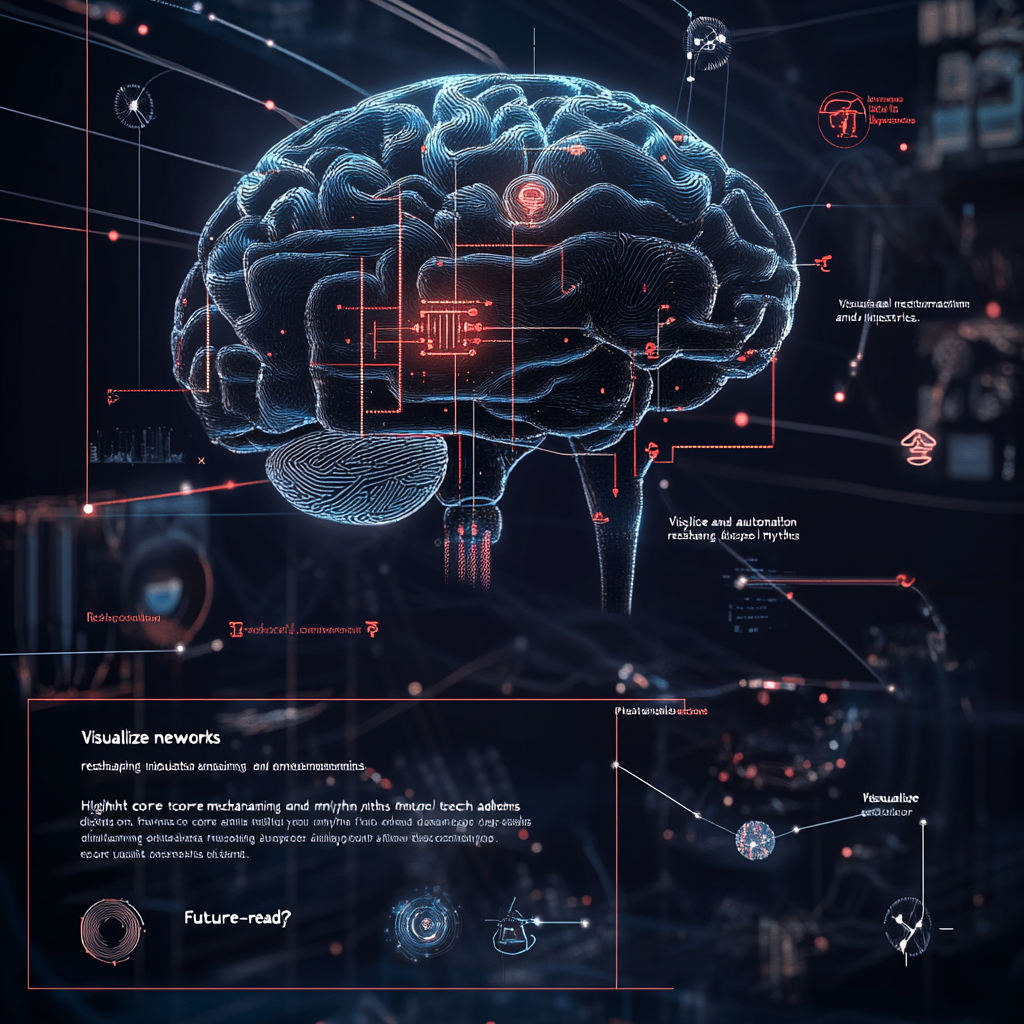
El Capitan: Speeding Up US Nuclear Security and Classified Research
Navigating the Terrain of Neural Networks and Automation
To grasp the intricate world of neural networks and automation, you need to:
a) acknowledge the importance of understanding these technologies, and
b) dive into how they fundamentally operate.
Now, let's be honest: neural networks aren’t just the fanciful concepts of an overactive imagination; they’re everywhere! But most folks? They haven’t the foggiest idea what a neural network truly is or how it can revolutionize industries. Instead, the common misconception is that it's all smoke and mirrors without substance. Spoiler alert: it’s not!
First thing’s first—let’s talk about the hype surrounding artificial intelligence (AI). Sure, the buzzwords are aplenty, and every other tech blog is preaching the gospel of automation. But if we strip away the flashy tales, what remains? The bone-deep truth is that many industries are stuck using systems that are more outdated than last season's fashion. You need real models, not the glorified algorithms that barely scratch the surface!
A neural network isn’t just a box of tricks. Think of it like the brain of your best friend after an oracle party—full of connections, firing synapses, all hunting for patterns. They sift through massive datasets, learning from them like a toddler mastering the art of tying shoelaces. It's not a magic spell; it’s solid math, combined with smart data handling.
So, how does it work in practice? Let's say you’re working in healthcare. Neural networks can scan through thousands of medical records faster than any overworked doctor could hope to do in a lifetime. They identify diseases that are often overlooked by traditional diagnoses, especially when combined with automation. Imagine this tech holding the reins to your treatment plan! Sounds like the future—oh wait, it’s already here!
Don’t be the person still reading dusty textbooks while the world jumps into a neural revolution. If you think those old-school methods are still cutting it, think again! At a coffee shop, you wouldn’t sip on day-old brew, so why use outdated processes?
Speaking of which, let’s dive into some terminology. “Training” a neural network is akin to teaching your cat to come when called—time-consuming and often frustrating! With proper tuning, however, it’s a game-changer. The model learns through trial and error. It’s like teaching a child to ride a bicycle; each spill builds confidence and skill until voilà! They’re whizzing down the road with the wind in their hair.
Automation deserves its own round of applause too. While innovation sounds dazzling, the nuts and bolts are what make it work. Think of automation as your trusty sidekick—always there, doing the grunt work while you focus on strategy. It streamlines operations in a way that leaves more room for creativity and innovation. Want to spend less time on mundane tasks? Then harness automation and watch productivity soar higher than a kite on a windy day!
But let’s not sugarcoat it. Not all neural networks are created equal. Some are like mini-Vesuvian eruptions—explosive but chaotic. Others? They find the right balance, offering clarity and wisdom. Selecting the appropriate model can feel daunting, much like choosing sunglasses that not only look good but also shield you from harmful UV rays. It requires research, understanding your objectives, and knowing your dataset like the back of your hand.
And here’s the kicker—big data. That’s the magic elixir fueling the neural network engines. Without solid data, you might as well be trying to bake a cake with no flour. You can fool around with fancy algorithms, but without rich, quality data, your efforts may end up a soupy mess. Getting good data is half the battle.
As for deployment—well, that’s where the rubber meets the road. Getting neural networks into production is where dreams can die or thrive. You have to ensure compatibility with existing systems and quell any fears among those who think automation will make their roles obsolete. Spoiler alert: it won’t! Instead, it’s here to elevate your potential—like adding a turbocharger to a car.
Veterans of the industry know to keep their eyes peeled for risks and biases in their datasets, which can be as damaging as a rogue wave in a tranquil sea. Bias in AI isn’t just a buzzword; it has real-world consequences. Think about it: if a neural network learns from skewed data, you might end up with discriminatory outcomes quicker than you can say "unintended consequences."
Finally, the future. Where are we headed? Look, we’re at an exhilarating crossroads, folks! Neural networks and automation are storming forward like a freight train. Industries are already capitalizing on these advancements, ushering in an era that melds human ingenuity with machine efficiency. Adapt or become a relic—it's your choice.
So, are you ready to step up your game? Don't sit back and allow others to stride ahead while you’re left browsing old articles and tutorials. Embrace the change, arm yourself with knowledge, and unleash the powerful forces of neural networks and automation in your endeavors.
Want to stay up to date with the latest news on neural networks and automation? Subscribe to our Telegram channel: @channel_neirotoken

